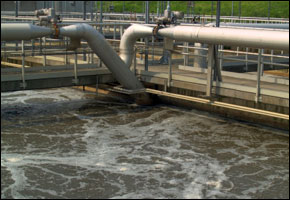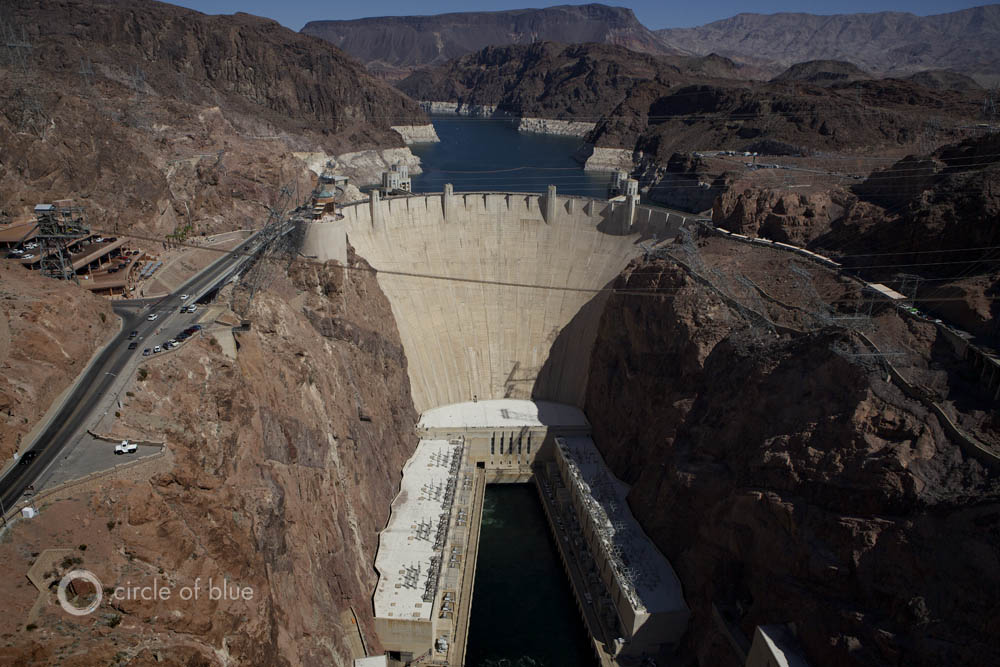Reading Between the Cracks: Natural Gas Drilling Can Pollute Groundwater

From baked beans to barbecue, treasured trade secrets benevolently guarantee a monopoly on happy holiday gatherings. But some carefully guarded recipes are not so benign. A recent inquiry suggests the brew used during natural gas drilling may be poisoning water nationwide.
A recent article written by ProPublica and published in the Scientific American takes a closer look at the impacts drilling has visited upon local communities. Despite a 2004 EPA study that deemed harmless the process used to remove gas from the earth, residents living near the fields have claimed otherwise.
The process is, at least, controversial. Called hydraulic fracturing, companies such as Halliburton shoot significant quantities of sand, water, and chemicals miles into the earth — cracking open the rock and releasing the fossil fuel. Sometimes they spill. And sometimes the concoction seeps into the groundwater, the article explains.
From New Mexico to Ohio and Alabama, residents are complaining of cancer and livestock infertility. But natural gas companies claim the complaints are not based in actual data. “Halliburton’s proprietary fluids are the result of years of extensive research, development testing,” company spokeswoman Diana Gabriel told ProPublica. But there is little proof either way, as legislation currently exempts hydraulic fracturing from the EPA’s Safe Drinking Water Act.
Halliburton, among others, refuses to release a list of ingredients used in fracturing — claiming it will cost them their competitive edge. Lee Fuller, vice-president working in government relations with The Independent Petroleum Association of America, explained that the companies have invested millions of dollars in drilling and “are not going to want to give up that competitive advantage. So I would fully expect that they will try to protect that right as long as they possibly can.” But according to Joyel Dhieux, an EPA inspector from Denver, “We’ve kind of reached the tipping point. The impacts are there.”
Read more here.
Source: The Scientific American









Leave a Reply
Want to join the discussion?Feel free to contribute!